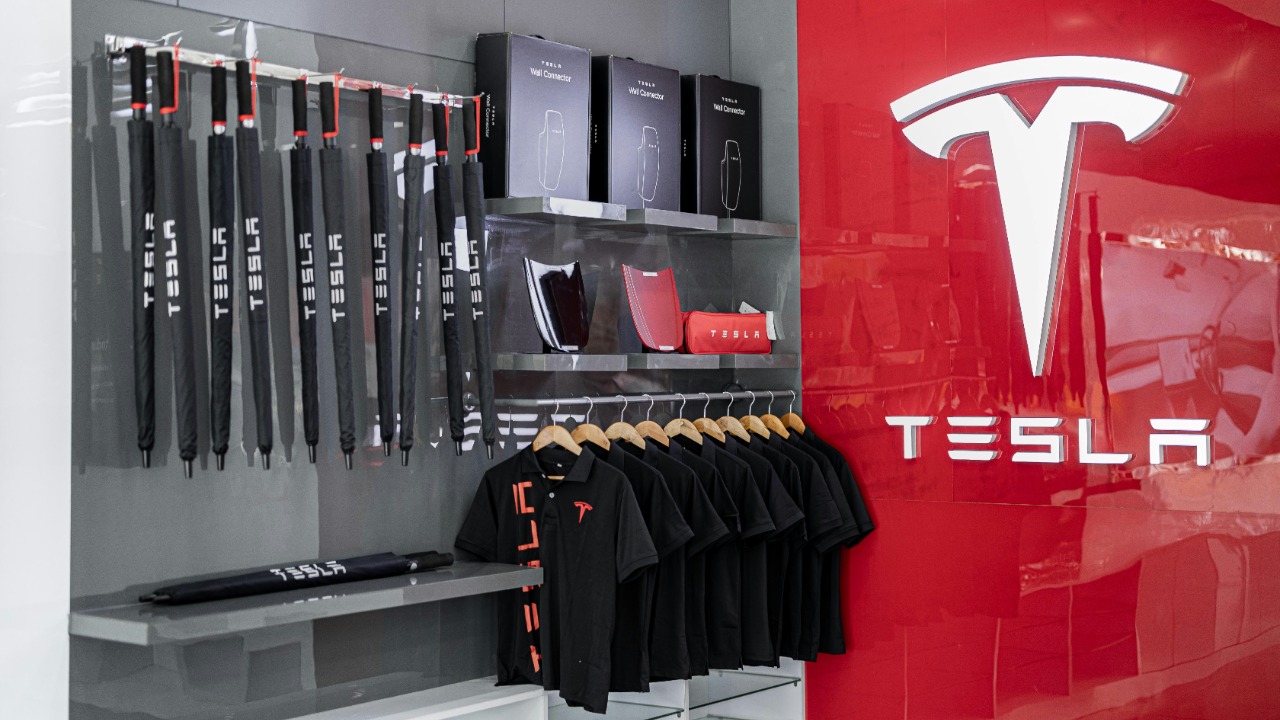
Tesla is making strides to eliminate all China-sourced components in vehicles produced for the US market. This strategic shift is aimed at reducing reliance on foreign supply chains amid escalating trade tensions. By prioritizing US-based suppliers, Tesla seeks to streamline operations while navigating geopolitical risks in the automotive sector.
Tesla’s Supply Chain Evolution
Historically, Tesla has relied heavily on China for key auto parts, including batteries and electronics. However, recent global events have prompted a reevaluation of these sourcing strategies. Tesla’s specific initiatives to transition away from China-sourced components are evident in the company’s accelerated timeline for US vehicle production changes. The company has taken early steps, such as identifying alternative domestic suppliers to replace imported parts without disrupting output.
According to a report from Interesting Engineering, Tesla is moving swiftly to eliminate China-sourced components in US vehicles. This move is a significant step in the company’s supply chain evolution and a clear indication of its commitment to enhancing domestic manufacturing capabilities.
Drivers Behind the Shift
Several factors are compelling Tesla to ditch foreign dependencies for critical components in American cars. Geopolitical factors, including US-China trade policies, are a significant driver behind this shift. Economic incentives, like potential tariffs and subsidies for domestic manufacturing, are also influencing Tesla’s decision to eliminate China-sourced parts entirely.
Internal company goals, such as improving supply chain resilience and reducing lead times, are key motivators for this acceleration. By sourcing all parts domestically, Tesla aims to create a more robust and efficient supply chain that can withstand geopolitical uncertainties and market fluctuations.
Impact on US Manufacturing
Tesla’s move to source all parts domestically will likely boost jobs and investment in US factories, particularly in states like Texas and California. American suppliers stand to gain from filling the void left by China-sourced components in Tesla’s US lineup. However, this shift will require short-term production adjustments to integrate new US-based parts without halting vehicle assembly lines.
The ripple effects of Tesla’s decision could be far-reaching, potentially revitalizing the US manufacturing sector and creating new opportunities for domestic suppliers. However, the transition will not be without challenges, and Tesla will need to navigate these carefully to ensure a smooth transition.
Challenges in Ditching China Parts
There are several logistical hurdles to overcome in Tesla’s quest to eliminate China-sourced components. Scaling up alternative suppliers to match the volume and quality of previously China-sourced components for Tesla vehicles will be a significant challenge. Additionally, potential cost increases during the transition phase could impact Tesla’s bottom line.
Regulatory and compliance issues could also arise while verifying that no China-sourced elements remain in final US-market cars. Despite these challenges, Tesla’s commitment to this shift underscores the company’s determination to enhance its domestic manufacturing capabilities and reduce foreign dependencies.
Broader Industry Ramifications
Tesla’s acceleration in localizing parts could set a precedent for other automakers to reduce China reliance in their US operations. This shift could ease pressures on US auto imports from China, potentially altering global trade dynamics. By fully committing to domestic sourcing for American vehicles, Tesla might gain competitive advantages, such as faster innovation cycles and increased supply chain resilience.
The broader industry ramifications of Tesla’s move could be significant. If other automakers follow suit, we could see a substantial shift in the global automotive supply chain, with increased emphasis on domestic sourcing and manufacturing.
Future Prospects for Tesla’s Strategy
Looking ahead, Tesla is expected to continue its push to eliminate China-sourced components, building on the momentum reported in late 2025. The long-term benefits of this strategy could include enhanced national security for US auto production through Tesla’s localized supply chain.
Tesla will likely use monitoring metrics, like part localization percentages, to track progress toward a fully US-sourced vehicle ecosystem. While the road ahead may be challenging, Tesla’s commitment to this strategic shift signals a new era in the company’s supply chain evolution and a significant step towards a more resilient and efficient domestic manufacturing sector.
More from MorningOverview